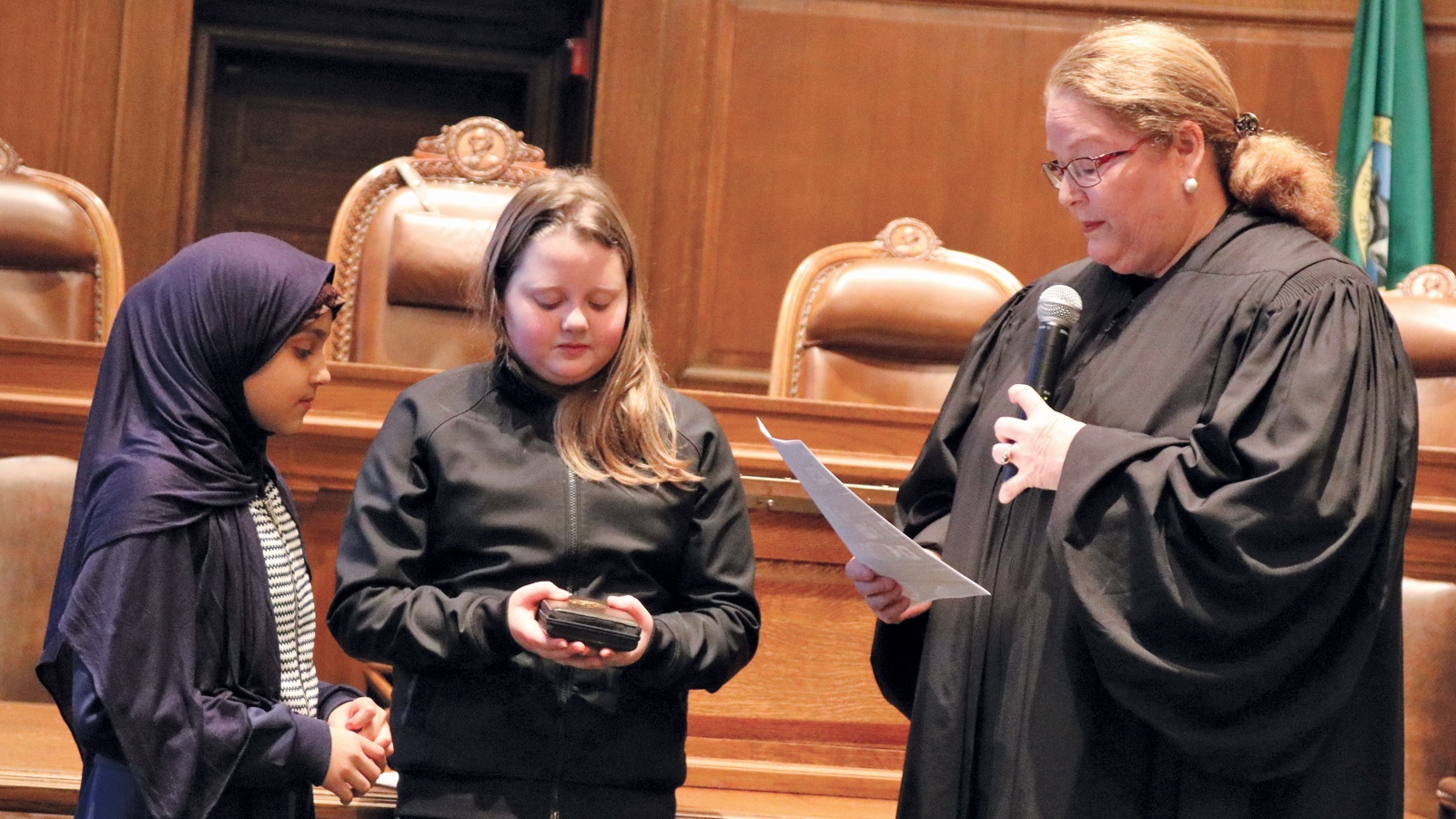
Service learning has been a cornerstone of my educational approach for over a decade. In service learning, students apply the scientific method to real-world problems and offer real-world solutions.
The well-shared definition is that service is cleaning up a creek or lagoon. Learning involves expanding one’s understanding of the ecosystem in that lagoon. Service learning is not only learning about the ecosystem and cleaning up the lagoon but also creating and presenting a plan to the local water commission of how to maintain the well-being of the lagoon beyond the one-day cleanup.
Explore hands-on, activity-based, and experiential social studies with a free trial of Active Classroom!
Service learning guides students through the process of considering a community problem that needs fixing, brainstorming and acting on solutions, and reflecting on their own impact on the problem at hand. The beauty of service learning is not only that it empowers students through doing but also that it helps them improve their community and influence the community’s perception of their ideas and actions. Additionally, a major benefit of utilizing service learning is influencing the community’s perspective of students’ voice and action.
The 5 aspects of service learning
There are five essential aspects to service learning that will help you take students through the journey in a meaningful way. They are:
1. Investigation
Initiate student interest and curiosity about the problem being addressed by having them research the topic. This will prepare them to anticipate challenges that might pop up during service, and think through how to address them. Their research also might give them a wider perspective on the problem, inspiring them to commit to the service project. In their research, have them use a variety of sources and communicate their findings in a variety of ways. Investigation is at the core of service learning, by providing purpose, context and meaning to the students’ community action.
2. Designing and preparing
Give students a chance to plan their own process for taking action. This step gets students even more committed to service because it helps them take ownership of the project. As a starting point, ask them to assign roles, create a written plan, establish responsibilities, and communicate a timeline for the project.
3. Taking action
Allow students to carry out their action as planned. Be there to help them confront issues that might arise but encourage them to solve problems in their own ways. Learning by doing also embraces failure. Giving students the room and support to struggle through their action is vital to create an authentic learning experience.
4. Debriefing
Incorporating debriefing is central to this type of teaching approach. Through intrapersonal and interpersonal reflection, students unpack their learning experience, develop their cultural awareness, and expand the ways in which they approach a problem.
5. Communicating the results by teaching others
Students take pride in the service work they have do and will usually be more than happy to communicate their accomplishments afterwards. They can do this in writing or by sharing it in a presentation to other students, community members and school stakeholders.

Becoming active change agents.
Providing opportunities for students to know themselves and give of themselves in order to be active change agents in the world leads to life-long learning and character development.
Social studies education can take many forms. Service learning helps students to not only be actively involved in their education but to impact the wider world and, most importantly, add to their understanding of themselves.
Seeking more professional development resources?
Sign up to learn more
Ken Klieman is the author of Building an Empathy-Based Classroom, and has taught over 5,500 students and trained over 3,000 teachers. Ken has been awarded both California Teacher of the Year and Comcast All-Star Teacher of the Year. His work as a leading teacher trainer for the NEA and CTA and keynote speaker have solidified his pedagogical approach focusing on community building through performance-based, student-inquiry projects.
